Have you ever felt a certain nostalgia while trying something new? Something you haven’t seen, felt, heard, tasted or smelled before but, somehow, is just familiar enough so your synapses fire in a certain way and some distant childhood memory is unlocked?
Lost in Play
Nintendo Switch and Windows PC
Developed by Happy Juice Games
Published by Joystick Ventures
Released: 5th August 2021
£17.99 on the Nintendo eShop
When I was about five years old, I would play point-and-click adventure games on my dad’s Windows 95 PC. The titles of these games are long lost in my mind and what remains are only disconnected images and sounds that, at the very least, confirm to me that those experiences did happen and were real. These early memories with an activity are truly special, as our brain is collecting and processing every possible hint of data in a way that remains memorable even after hundreds of other video games.

Lost in Play brought back these memories of mine and briefly allowed me to relive them. It’s a charmingly crafted game heavily inspired by the point-and-click adventures that ’90s kids are sure to remember. Although there’s a purity and innocence here that you won’t find in a Tim Schafer game; rather, it reminds me more of the likes of Freddi Fish and such cartoonish mascots.
It’s clearly a game designed with children as a target audience without any added snark. In a time when five-year-olds are often stuck on endless loops of YouTube Kids until they’re old enough to have a Fortnite account, Lost in Play tries to bring in something a bit more thoughtful.

The team at Happy Juice Game succeeded in telling a cute and completely non-verbal story about a pair of siblings who get lost from home while playing and must find their way back. Everything is seen from the perspective of the kids themselves and, as they imagine fantastical scenarios, it’s up to the viewer to interpret how much of what we’re seeing is actually based on the reality of that world and how much is pure imagination.
What impressed me the most is that the game managed to surprise me with new kinds of puzzles until the very end. Some of the puzzles are very much video game tropes, which is understandable since this game serves as an introduction to game logic for kids. But there are also rather creative puzzles that are twists upon traditional board and card games, or even one inspired by Hitman Go of all things.

The puzzles are nice, but most of the game is typical of the genre: walking around, collecting apparently random objects, and using them to open a box, or help another character, or use a device. As you move back and forth, the game does a good job of avoiding repeating animations, making it less of a chore. Although, as with many games, I wish it was possible to walk faster.
I don’t have a child in my life to show it to, so I really don’t know how 21st century younglings have the patience to deal with it. Apart from the first level, the game is not trivial enough to be solved by brute-forcing, so it really does require the player to mentally engage with it. There is a hint system that can be freely used, so nobody will really be stuck, although it obviously diminishes the enjoyment of the game if overused.

While I played Lost in Play, I often thought how much I would have enjoyed it 20-something years ago. It really fits well with the kind of game I liked back then and I particularly admire how they made the story work with no words and just some cute gibberish, completely avoiding language barriers. In reality, I still enjoyed the game now and will definitely bring it out next time I’m trying to entertain a kid.
Final Rating 4 out of 5


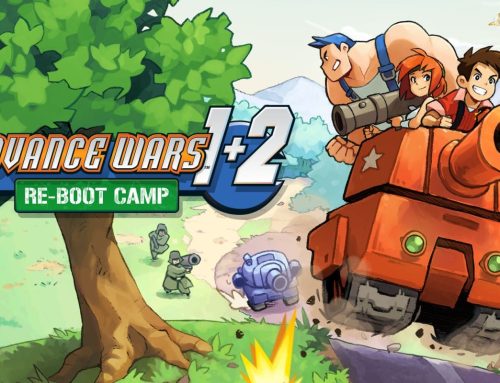
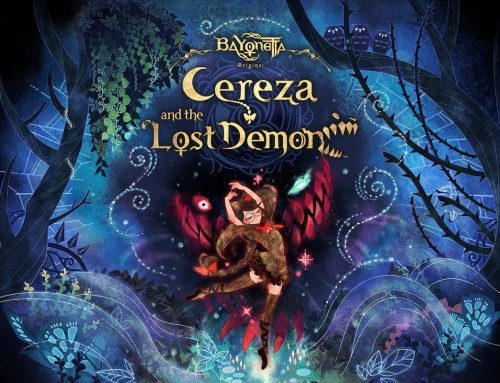
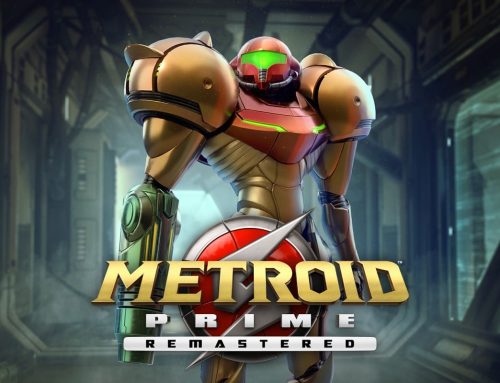
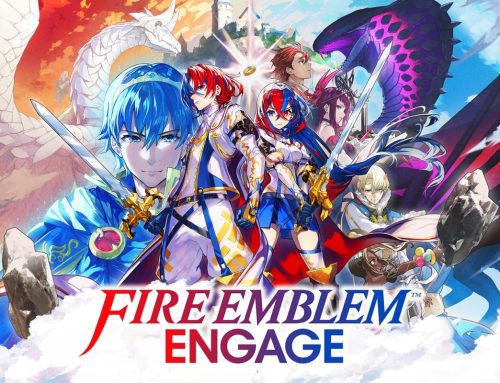
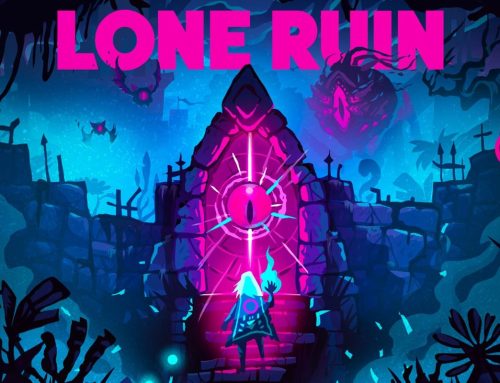
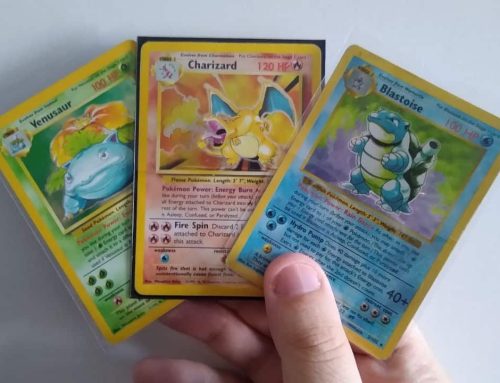
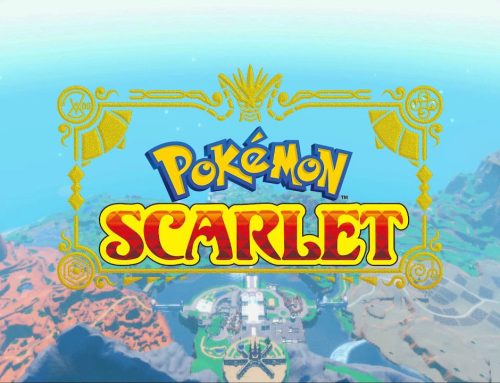
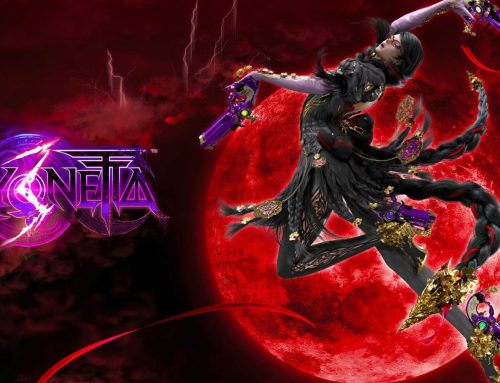
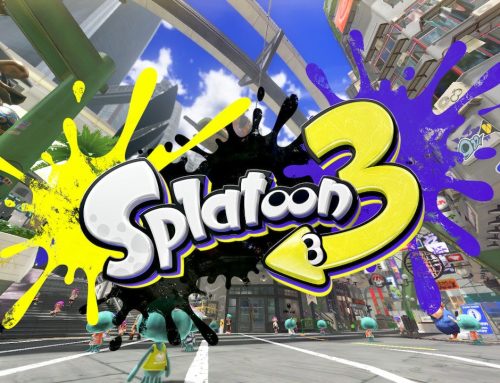

Leave A Comment
You must be logged in to post a comment.